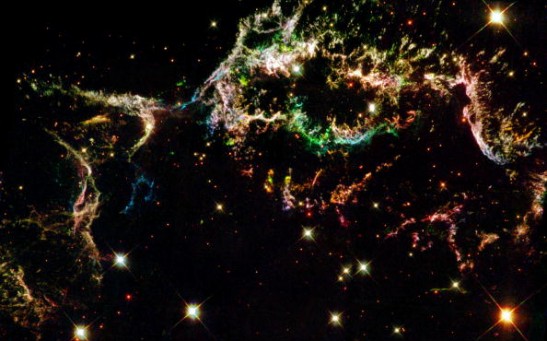astronomy
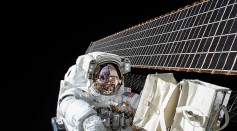
Space Traveling Affects Human Body Substantially
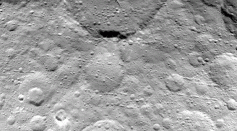
NASA’s Dawn Spacecraft Sends Back New Images of Ceres
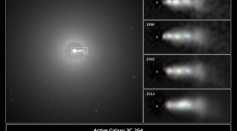
Hubble Spots Collisions and Cosmic Disarray At the Center of Black Hole
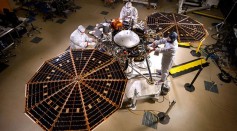
NASA Begins Testing Its Next Generation Mars Lander, InSight
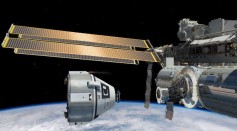
NASA Orders First Ever Commercial Human Spaceflight from Boeing
The ESA Finds Champagne Nebula And Brighter Sets of Stars
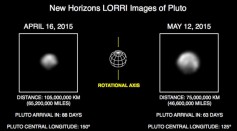
New Horizon's Beams Back New Images of Pluto
SpaceX Earns Certification for the Pentagon
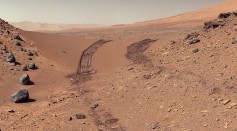
The Deceptive Surface of Mars
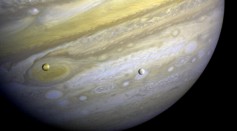
See What Tools Made the Cut Aboard the Upcoming Europa Clipper Mission
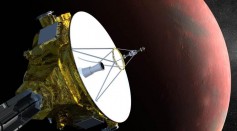
New App Brings Pluto to the Palm of Your Hand
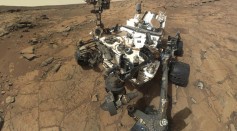
Methane Spike on the Red Planet Baffles Scientists
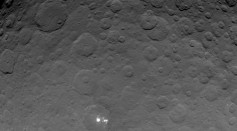
The Question Continues: The Bright Spots on Ceres, What Could They Be?
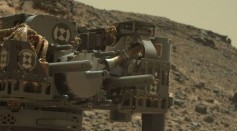
NASA's Curiosity Rover Adjusts Route Up A Mountain
Most Popular

How Technology Is Changing the Real Estate Industry?

Study Reveals High Turnover in Scientific Research Careers: What This Means for Future Scientists

Nikolay Karpenko Biography, Photo, Career, Accomplishments

China’s Tiangong Space Station to Expand Its Capabilities With New Modules

